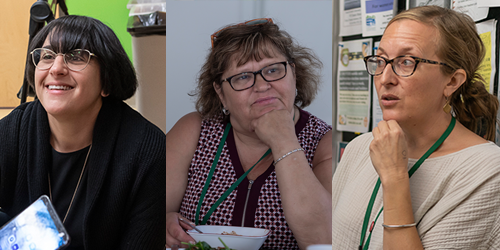Holding governments accountable: Canada’s progress on viral hepatitis elimination
July 7, 2021 • By Jennifer van GennipIn May 2021, Action Hepatitis Canada (AHC) released its Progress Toward Viral Hepatitis Elimination in Canada 2021 Report. Five years earlier, in May 2016, Canada had signed on to the World Health Organization’s (WHO) first-ever Global Viral Hepatitis Strategy with the goal of eliminating viral hepatitis as a public health threat by 2030. With both a cure for hepatitis C (HCV) and a vaccine for hepatitis B (HBV), this seemed to be a very realistic goal within a reasonable timeframe. But five years on, we had important questions about how Canada was really doing as time was ticking on.






